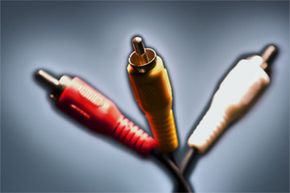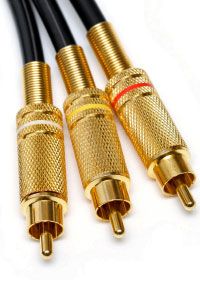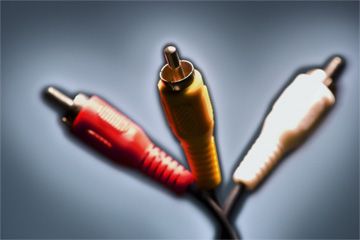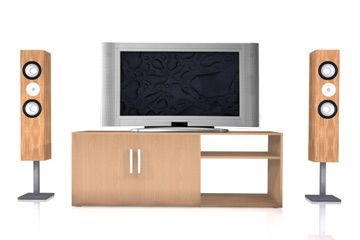Back in the day -- like, the mid-1970s -- audio cables were known by the humbler name of "speaker wires," and nobody got too excited about them. A stereo store salesman might throw in a bale of the old twisted copper, plastic-encased stuff for free as a gesture of appreciation -- after he'd convinced you to blow your savings on a set of towering quadraphonic speakers. Being able to blast the latest Foghat or Aerosmith record at paint-peeling volume was what everyone cared about. Speaker wire, in contrast, was just boring.
But that was then. Today, go to a big box store or peruse a home electronics Web site and you'll be informed that all that high-end digital audio equipment you're contemplating will sound like junk if you don't hook up the speakers with premium audio cable. Typically, cables labeled "premium" cost $20 to $35, but if you're an ostentatious audiophile for whom cables are the new bling, you can easily shell out as much for a set as rapper Gucci Mane spends on gold-and-diamond-encrusted necklaces. OK, OK, that's an exaggeration, but not by much. A company called Pear Audio markets ANJOU cables, which "offer the highest quality speaker to amplifier connection possible," for $7,250 for a pair of 12-foot-long connections [source: Pear Audio].
Advertisement
While some stereo aficionados insist that high-end audio cables ensure optimum sound quality from your speakers, other gadget-heads sneer at them as the biggest hype since Vanilla Ice. Do they really add as much to your music as they do to your credit card balance?




